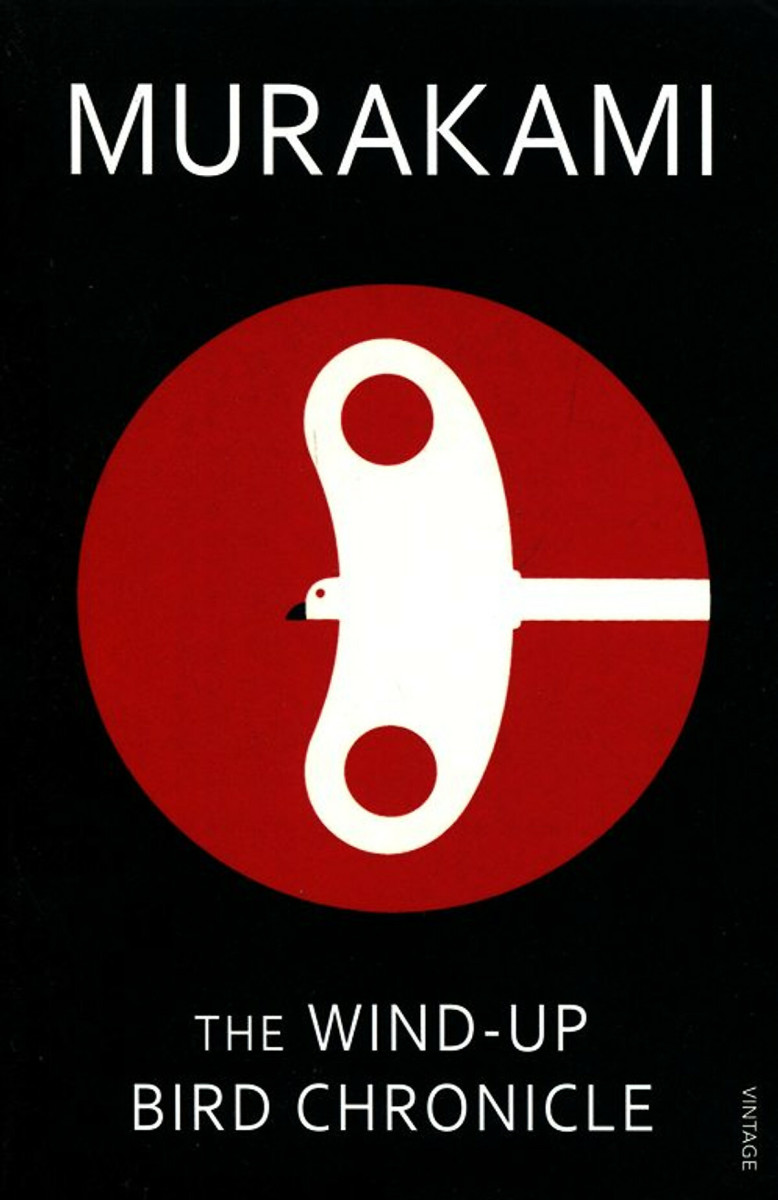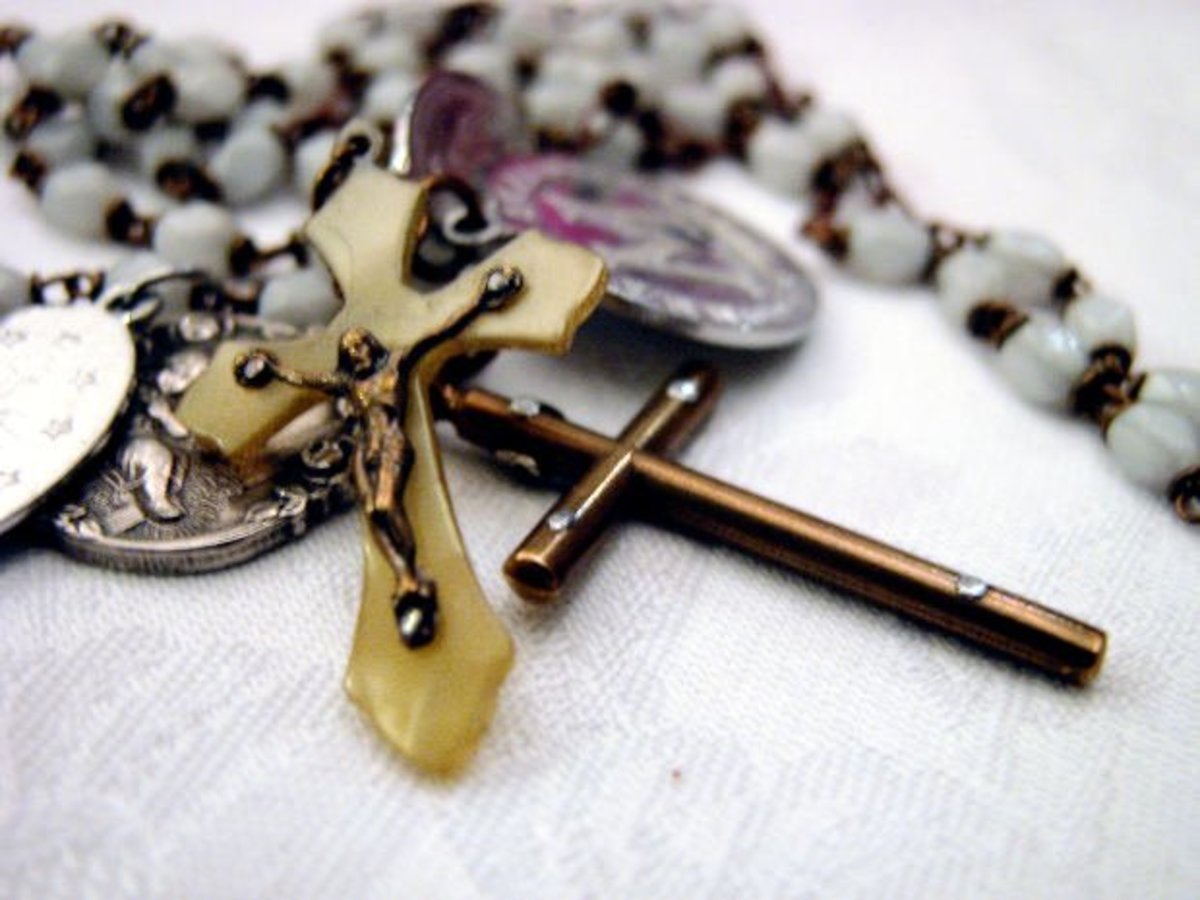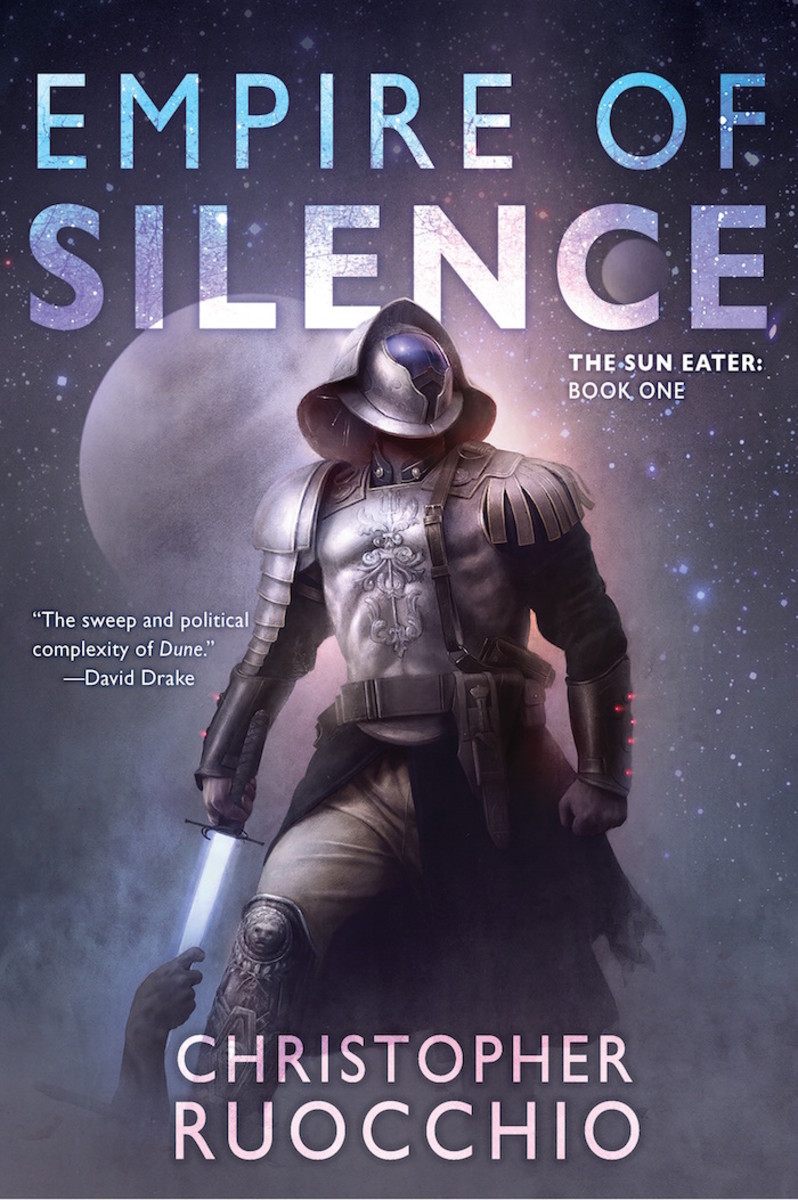Chronicle of the Last Pagans Book Review
Chronicle of the Last Pagans by Pierre Chuvin
A Chronicle of the Last Pagans,
by Pierre Chuvin and translated into English by B.A. Archer
Published by Harvard University Press, London, 1990.
This book, written by Pierre Chuvin, who has written on such diverse subjects as Greek mythology, the art of central Asia, the place that women hold in Islam, and Samarkand, comes well founded in the depth of research that only a scholar tends to provide. It is just this research that Chuvin brings to the scholastic table that add the strengths, overall, and some of the weakness to the reading.
First, the weaknesses of the book. It’s simply not for everyone, as it is a somewhat dry read, unless one is completely enamored of such history. However, this is not to say that the book will not lend itself to beginning an interest in the ancient pagans of the western world, or of continuing such pleasure.
Yet while this characteristic may be seen as disparaging by some, it is also the greatest power that Chuvin brings to the book. For in this volume, the reader is able to learn of the continual antagonism between pagans (a broad term for numerous religions, generally of a polytheistic, often nature-oriented mood) and Christians, and even Jews, to a point.
In fact, anyone interested in early Christianity or paganism will find this work replete with authoritative facts, without slanting its view for or against any one religion or viewpoint. This objective stance lends itself to Pagans, Jews, and Christians alike, particularly as it does not seek merely to map the antagonisms between the differing groups, but also the areas where diplomacy and respect also rear their heads.
Of special interest regarding early Christianity are the Arian Heresy and the place that it held in Christianity, much as alluded to by Dan Brown in his controversial book “The DaVinci Code.” In fact, from this reading, which predated Brown’s book by almost 2 decades, it is apparent that Aryanism held great sway on the minds of many of the people, including Christian sacerdotes and emperors, such as one of Constantine the Great’s sons, and also the last pagan emperor, Julian. At one point one realizes that Brown was right about some of his points, such as that Aryanism almost became the status quo in Christian thought.
As a final thought, it is a bit unfortunate that there are no photographs or drawings indicating some of the glorious statuary that pagan sculptors and patrons had created, particularly as Chuvin is something of an expert, at least in certain areas of art, if not of those produced by pagans.







